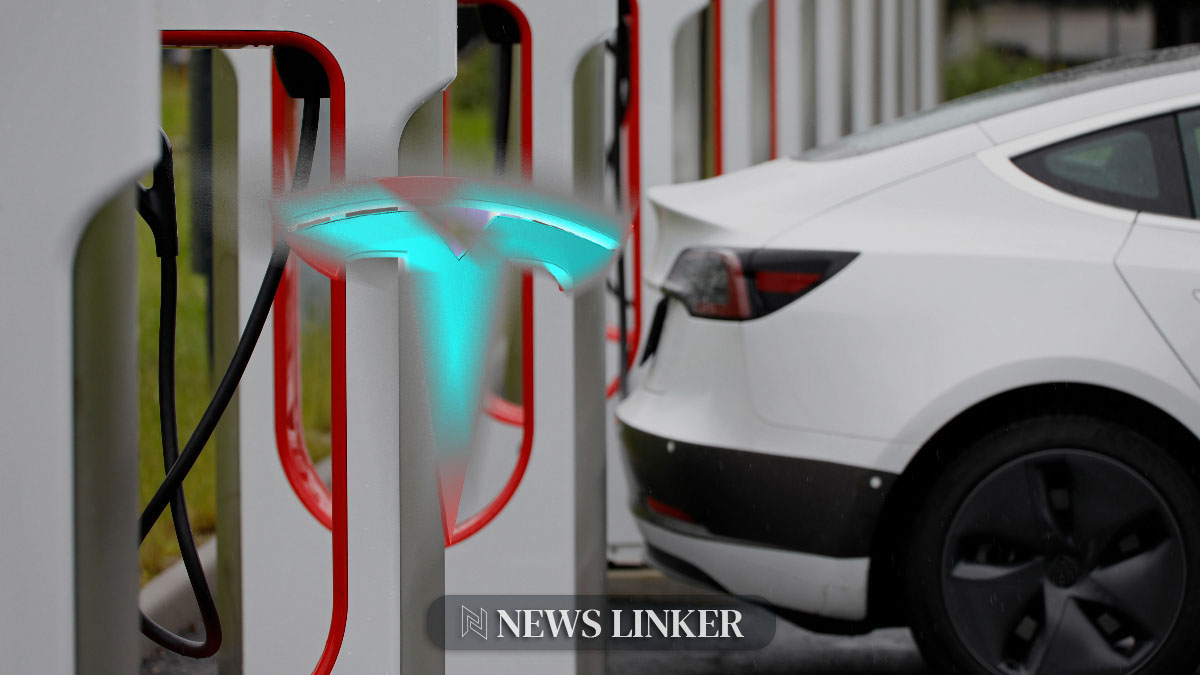Tesla, the renowned electric vehicle manufacturer, has announced further layoffs at its Gigafactory in Nevada, indicating a continuation of its global workforce reduction strategy. The decision is part of a broader cost-cutting initiative aimed at streamlining operations and preparing for future growth phases. This move comes amidst the company’s ongoing expansion to increase the production capacity of its 4680 battery cells and the Tesla Semi truck within the same facility.
What Led to the Recent Layoffs?
The recent layoffs at Tesla’s Gigafactory in Nevada involve approximately 693 employees, as revealed in a notice to the Nevada Department of Employment, Training, and Rehabilitation. This notice is in compliance with the U.S. Worker Adjustment and Retraining Notification (WARN) Act, necessitating a 60-day advance notification for mass layoffs. This layoff wave is not isolated, as Tesla has been reducing its workforce across various departments and locations, including the complete dissolution of its U.S. advertising team and further layoffs in Germany.
How Has Corporate Leadership Reacted?
Amidst these layoffs, Tesla has also seen the departure of three high-profile executives, adding to the significant organizational changes. The company describes these layoffs and departures as difficult but necessary steps to optimize its operational efficiency and foster sustainable growth. Elon Musk and other Tesla executives, such as Chief Financial Officer Vaibhav Taneja, have expressed that such restructurings are essential every few years to adapt to evolving market demands and strategic goals.
Comparative Analysis of Tesla’s Historical Layoffs
Tesla’s history of employee reductions reflects its cyclical approach to business operations and restructuring. Similar workforce adjustments have occurred in the past, typically followed by phases of aggressive expansion and innovation. This pattern underscores the company’s strategy to remain flexible and competitive, often at the expense of job security for its employees. By comparing these cycles, it’s evident that Tesla uses layoffs as a strategic tool for reshaping its workforce composition and cost structure in response to its ever-evolving business model and market conditions.
Insights from Related News and Research
Recent articles from “Fortune” titled “The Cost of Cutting: How Corporate Layoffs Impact Long-term Growth” and “Business Insider” with the article “Tech Layoffs: Silicon Valley’s Strategy for Economic Downturns” discuss how companies like Tesla navigate economic uncertainties by adjusting their workforce. Both pieces highlight the broader trend in the tech industry where companies streamline operations through layoffs during economic downturns or strategic pivots. Additionally, a scientific paper from the Journal of Business Strategy, “Strategic Workforce Reductions and Corporate Vision: A Case Study Approach,” explores the long-term impacts of such layoffs on company culture and employee morale, suggesting that while financially beneficial, the effects on worker confidence and corporate reputation can be profound.
Key Takeaways from Tesla’s Strategy:
- Restructuring aims for $1.1 billion in annual savings.
- Layoffs are part of Tesla’s regular business cycle every five years.
- Future growth phases necessitate current difficult cost reductions.
Tesla’s recent layoffs and management shifts are tactical maneuvers intended to streamline operations and allocate resources more efficiently for upcoming projects and market expansions. By shedding light on the company’s strategic layoffs and executive departures, one can discern a pattern aimed at fostering resilience and adaptability in an unpredictable business environment. The ongoing expansion of the Nevada Gigafactory for increased battery production and new vehicle lines underscores Tesla’s commitment to its long-term strategic goals, prioritizing technological advancement and market leadership over short-term stability.










